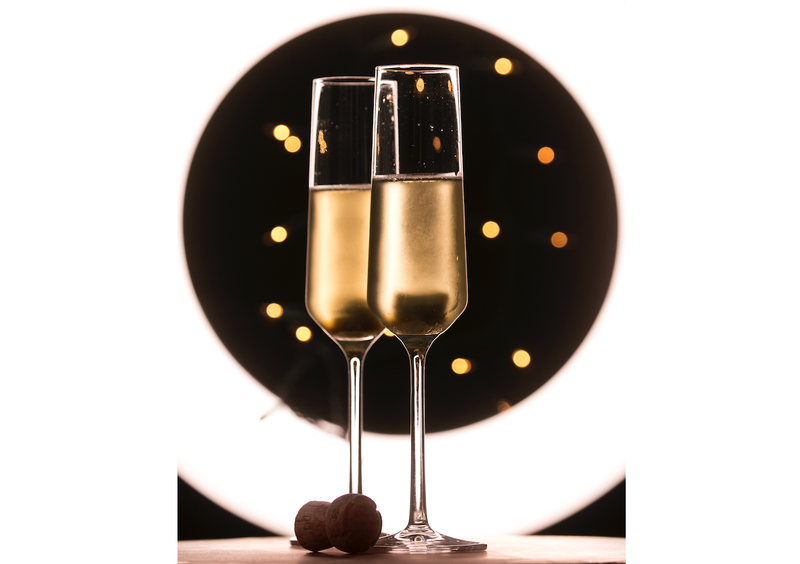On New Year's Eve and Day we most likely will be toasting with a glass of bubbly.
There are many drinks that will put a little fizz in the glass, but today's focus is on the most famous, Champagne. It begins the same as any other wine: grapes are picked, pressed and fermented. Then the magic begins with the blending. The winemaker will taste separately fermented vats from individual vineyards to create the ideal recipe. Many consider this an art rather than a skill.
The carefully blended wine is then bottled along with a small addition of yeast and sugar. This crucial step creates a second fermentation resulting in a naturally carbonated wine. The yeast feed on the sugar, and the tiny bubbles of carbon dioxide that remain are trapped in the wine.
But the process isn't over.
This wine will then be left on its "lees" (dead yeast) for a few weeks, or in some quality Champagnes, even months. This gives the wine time to absorb the yeasty, rich aromas that give Champagne its unique flavor we love so much. The next step is a bit of a magic trick — removing the tiny yeast particles without getting rid of the bubbles. To do this, the bottles are arranged in hinged wooden racks in cool, dark cellars and are slowly inverted neck down. For about two months each individual bottle (sometimes up to 40,000 bottles a day) will be turned by hand. As the orientation of the bottle changes, the yeast particles settle in the neck of the bottle.
In the final step, the necks of the bottles containing the dead yeast sediment are put into a freezing solution. This ice plug is shot out of the bottle known as "disgorgement" and then topped with a "dosage," a mixture — usually a small amount of sugar — to replace the missing volume. Finally, the bottles are closed with the wire and cork.
As you ponder the price of amazing bubbly, don't forget how much love and attention went into the bottle along with the handcrafted spirit behind this artisan craft.
THE VALUE
NV Pol Roger Brut Reserve, France (about $64 retail)
THE SPLURGE
Perrier-Jouet Fleur de Champagne, France (about $195 retail)
Lorri Hambuchen is a member of London's Institute of Wines and Spirits. Contact her at the Arkansas Democrat-Gazette, P.O. Box 2221, Little Rock, Ark. 72203, or email:
uncorked@thewinecenter.com
Food on 12/26/2018
